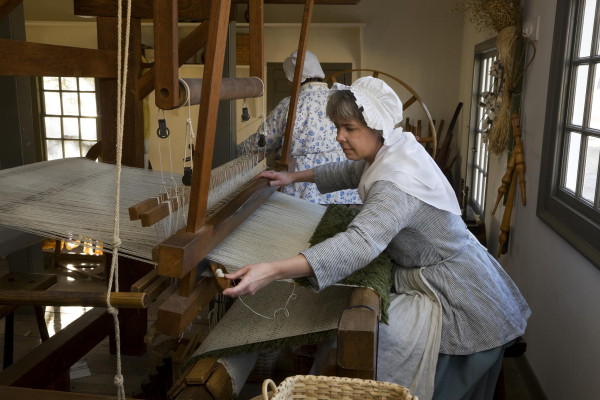 Enter the Weaver’s Shop on DoG street, and you’ll be surprised at all the noise! Weaving on a loom is a remarkably loud business as the boards slam into each other in a rhythmic commotion. Work days were long and very strenuous in the 18th century. It’s hard to imagine doing this for 12-14 hours a day, especially on a hot summer day like today!
Enter the Weaver’s Shop on DoG street, and you’ll be surprised at all the noise! Weaving on a loom is a remarkably loud business as the boards slam into each other in a rhythmic commotion. Work days were long and very strenuous in the 18th century. It’s hard to imagine doing this for 12-14 hours a day, especially on a hot summer day like today!
The Weaver Shop actually represents three trades in one: the Weaver, the Dyer, and the Spinner. And it all starts with sheep wool. Here in colonial Virginia, sheep wool was processed and turned into all sorts of fabrics for a variety of uses. Linen and hemp were less common but still used throughout the region. Cotton was considered a luxury fabric due to the amount of processing required from plants harvested to thread.
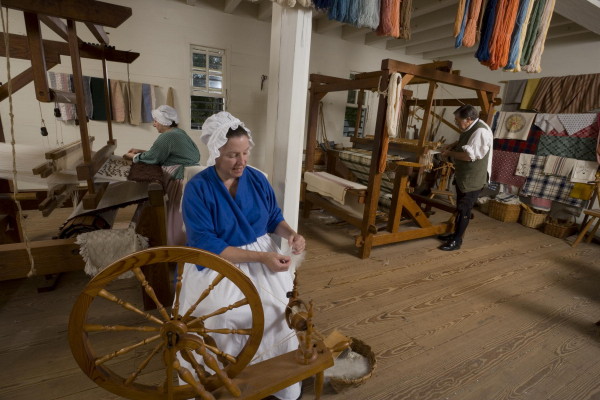 Everything from plantation workers’ clothing to George Washington’s camp tents required the same process of spinning, dyeing, and weaving in a colonial weaver’s shop. Before the Revolutionary War, almost all textiles were imported into the colonies from Britain. Because Virginia residents were prospering from cash crops like tobacco, they were able to buy their cloth rather than depend on the laborious process of making it. It was well-known that the finest quality cloth and newest fashions came from England, and the colonists were eager to pay for them.
Everything from plantation workers’ clothing to George Washington’s camp tents required the same process of spinning, dyeing, and weaving in a colonial weaver’s shop. Before the Revolutionary War, almost all textiles were imported into the colonies from Britain. Because Virginia residents were prospering from cash crops like tobacco, they were able to buy their cloth rather than depend on the laborious process of making it. It was well-known that the finest quality cloth and newest fashions came from England, and the colonists were eager to pay for them.
As political tensions rose in the latter half of the 18th century, all imports from England were banned, and colonists were forced to begin weaving their own cloth. This not only created jobs but also fueled the fires of patriotism. Weaving shops, called “manufactories” quickly opened to supply the extensive need here for fabrics, including the Williamsburg Manufactory in York County.
Rather than copy English patterns, weavers began creating uniquely American ones for their cloth. Weaver patterns are a complicated series of dots inside of grids showing the placement of the weft and warp threads. I’m told they’re easy to follow once you get the hang of it.
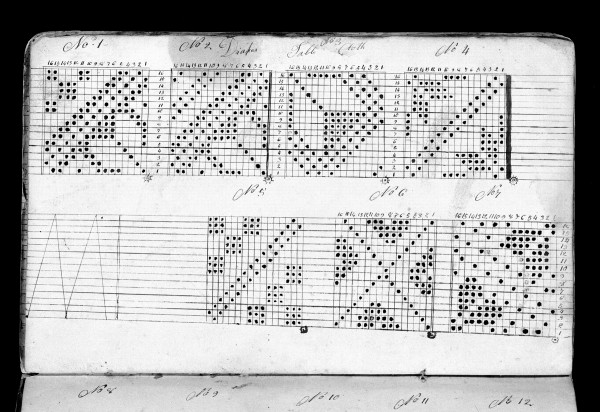 “For every hour of weaving at the loom, you’re spending 12 hours with the sheep—washing, carding, and spinning before you can make anything,” said Karen Clancy, the now master of the weaver shop.
“For every hour of weaving at the loom, you’re spending 12 hours with the sheep—washing, carding, and spinning before you can make anything,” said Karen Clancy, the now master of the weaver shop.
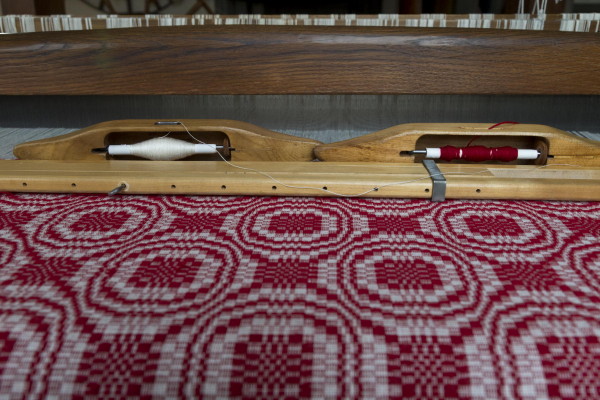 Spinning is the second trade found in the Weaver Shop. You’ll find two types of spinning wheels being used—the walking wheel and the Saxony. “The spinning process is really just twisting thread around a bobbin, much like twisting your hair around your finger,” says Karen.
Spinning is the second trade found in the Weaver Shop. You’ll find two types of spinning wheels being used—the walking wheel and the Saxony. “The spinning process is really just twisting thread around a bobbin, much like twisting your hair around your finger,” says Karen.
Finally, there’s the dyeing of the thread (or yarn) that makes the fabrics even more appealing. Dozens of bundles of brightly hued yarn adorn the walls of our shop, displaying all the colors of the rainbow. Every dye we use comes from natural sources and are done here on site using 18th-century methods.
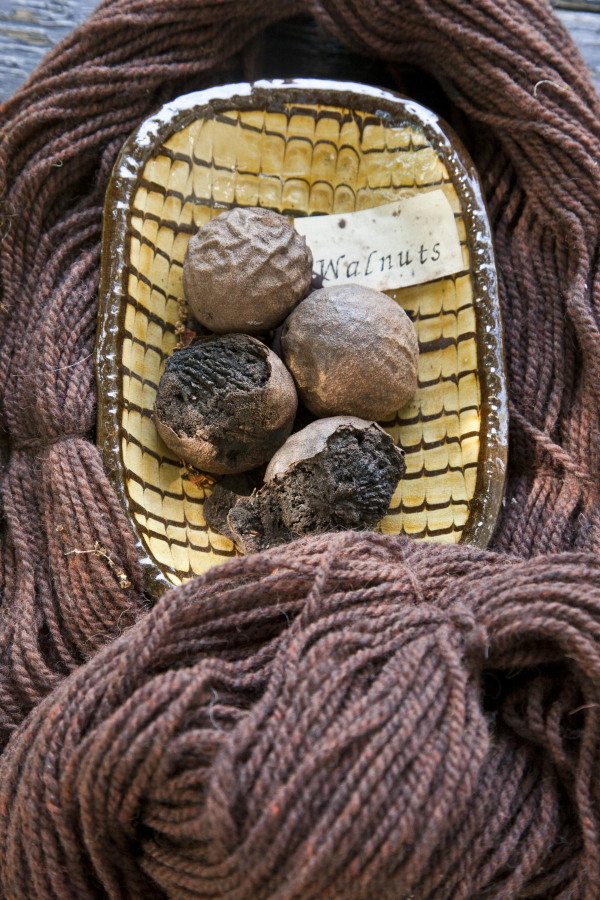 Learning about the source of the dyes takes us on a journey around the world.
Learning about the source of the dyes takes us on a journey around the world.
Here in Virginia, the black walnut tree provides a beautiful rich brown color. Indigo, a big cash crop in South Carolina, dyes a beautiful deep blue; turmeric from India and fustic from South America both produce a stunning golden yellow; annatto seed from Brazil is used for orange; and the Mexican Campeche Tree produces a rich purple.
The best source of a rich red is the cochineal beetle, harvested from the prickly pear cacti in Mexico. Green dyes do not come from just one source, but are custom mixed yellow and blue dyes, making exact shades almost impossible to repeat from one batch to the next.
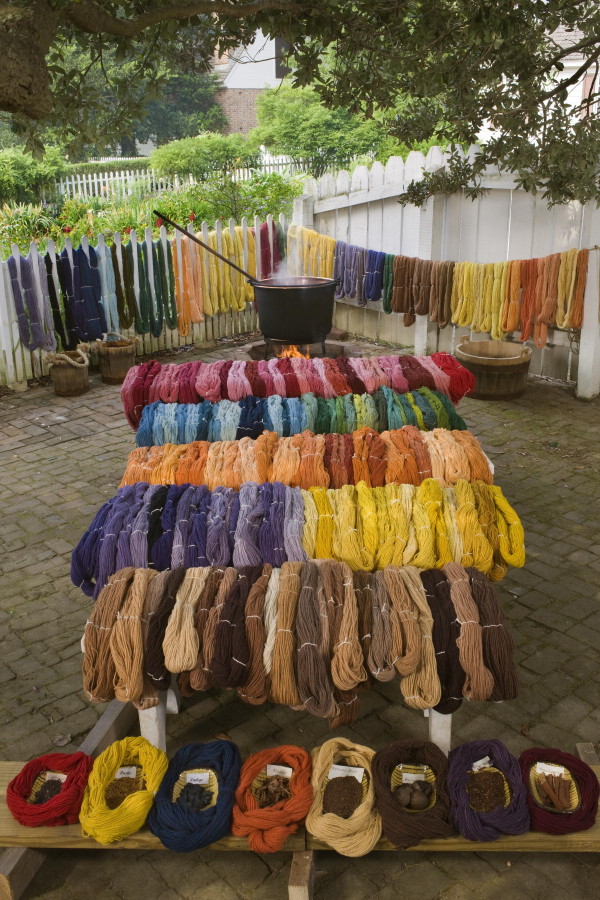 These days the Weaver Shop is staying busy creating reproduction patterns of cloth for other museum institutions. They frequently get requests for cloth patterns that can no longer be purchased through existing sources. These ladies are willing to try to make anything, and they have a reputation for getting it right the first time.
These days the Weaver Shop is staying busy creating reproduction patterns of cloth for other museum institutions. They frequently get requests for cloth patterns that can no longer be purchased through existing sources. These ladies are willing to try to make anything, and they have a reputation for getting it right the first time.
From the spinning of thread, to the dyeing, to the weaving into cloth—the Weaver is truly a one stop shop. Be sure to pop in and say hi the next time you’re in town! Karen has been known to carry on conversations out the window, but you’ll definitely want to come in to see all the real action.
Want to learn more about the dyeing trade? We have a book for that!
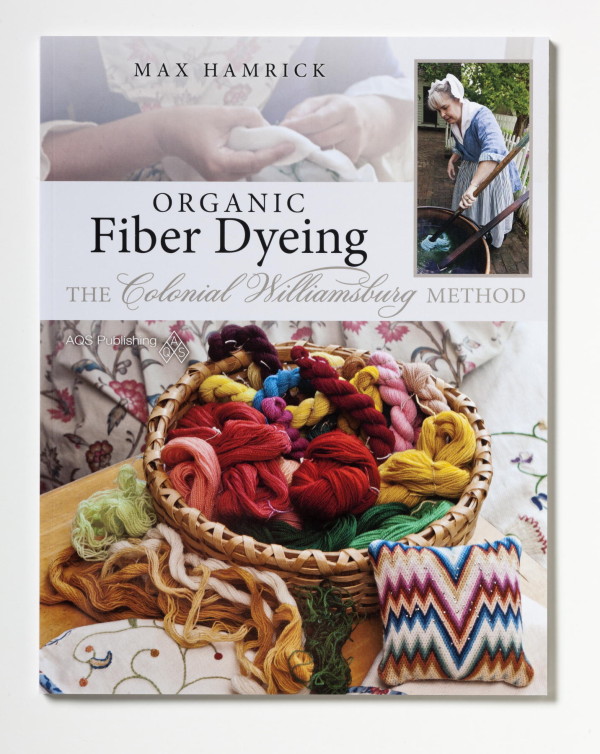
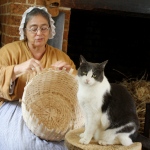
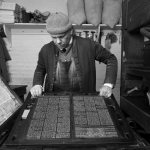
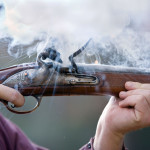
what are the skills needed for a weaver
In the 18th century, if you were moderately experienced at weaving, how long would it have taken to make enough fabric on the loom for a man’s long wool breeches if he was an average size person. I have a presentation to make and I know I will be asked this question. Thank you. An approximation would be great.
I cannot wait! I retire in three weeks; and my gift to myself is a long-awaited visit to CW. Having recently purchased a small loom, I wove my first project (a small scarf). The Weavers Shop is a MUST for my visit to CW.
In any of your shops, do you sell dyed skeins of yarn?
Bundles of yarn are actually called skeins, and the spinning wheel does not twist yarn around a bobbin. After the flyer adds twist to the unspun fiber, the yarn is drawn onto the bobbin because of the relative circumference sizes.
Will you be having a dyeing workshop for the public?
Hi Jennifer - Thank you for your interest. Although I don’t know of any that are planned at the moment, all workshops are advertised on our calendar at colonialwilliamsburg.com.
Question rather. What is the name of the pattern in the red and whit overshot in the middle of this article?
Jeri - Thanks for your patience while I found the answer to your question. The name of the pattern is “Lily of the West”, and the technique is indeed overshot as you wrote in your comment. You must be a weaver!
Hello, Another name for this overshot pattern is “wheel of fortune” and I have a draft for it if you are interested in weaving it. Email me at weaverlois@hotmail.com.
This is such a good article! So enjoyed the pictures and text! I have always wanted to visit Williamsburg and now more than ever!
Lois Foerster
I’m so glad you enjoyed the article Lois. I hope you can visit soon - Colonial Williamsburg is an amazing place!